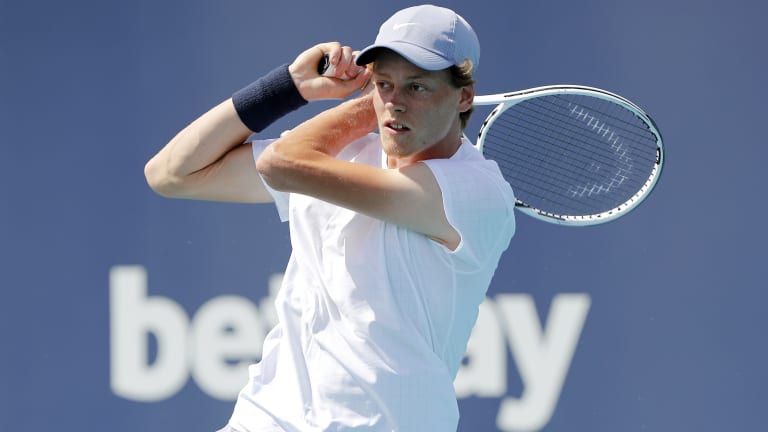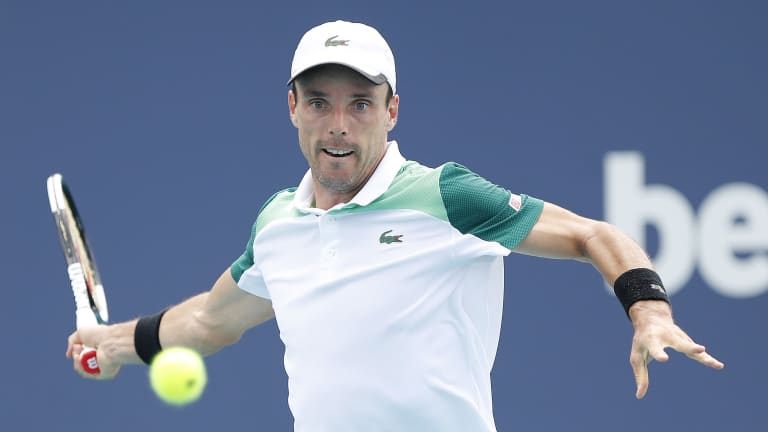Miami finalist Jannik Sinner joins Andre, Novak, Rafa in elite company
By Apr 02, 2021Ranking Reaction
How Jessica Pegula and Coco Gauff can pass Iga Swiatek for the No. 2 ranking in Madrid
By Apr 25, 2025Pick of the Day
Madrid Open Betting Preview: Joao Fonseca vs. Tommy Paul
By Apr 25, 2025Lifestyle
Iga Swiatek shares first look at new Lancôme campaign
By Apr 25, 2025Madrid, Spain
"It’s being a complicated injury": Paula Badosa forced to delay 2025 clay debut with back issue
By Apr 25, 2025Madrid, Spain
Reigning Madrid champ Andrey Rublev gets walkover from Gael Monfils; 2024 finalist Auger-Aliassime out
By Apr 25, 2025Madrid, Spain
Diana Shnaider vs. Anastasija Sevastova: Where to Watch, Madrid Preview, Betting Odds
By Apr 25, 2025Madrid, Spain
Novak Djokovic vs. Matteo Arnaldi: Where to Watch, Madrid Preview, Betting Odds
By Apr 25, 2025Madrid, Spain
Joao Fonseca vs. Tommy Paul: Where to Watch, Madrid Preview, Betting Odds
By Apr 25, 2025Social
Jannik Sinner on his comeback: “It won’t be easy”
By Apr 25, 2025Miami finalist Jannik Sinner joins Andre, Novak, Rafa in elite company
Playing a Masters 1000 event for only the third time in his career, the 19-year-old Italian rallied from 1-3 in the third to become the fourth ATP teenager to reach the final in the history of the Miami Open.
Published Apr 02, 2021
Advertising

Miami finalist Jannik Sinner joins Andre, Novak, Rafa in elite company
© MMR
Advertising
Miami finalist Jannik Sinner joins Andre, Novak, Rafa in elite company
Advertising

Miami finalist Jannik Sinner joins Andre, Novak, Rafa in elite company
© MMR
Advertising

Miami finalist Jannik Sinner joins Andre, Novak, Rafa in elite company